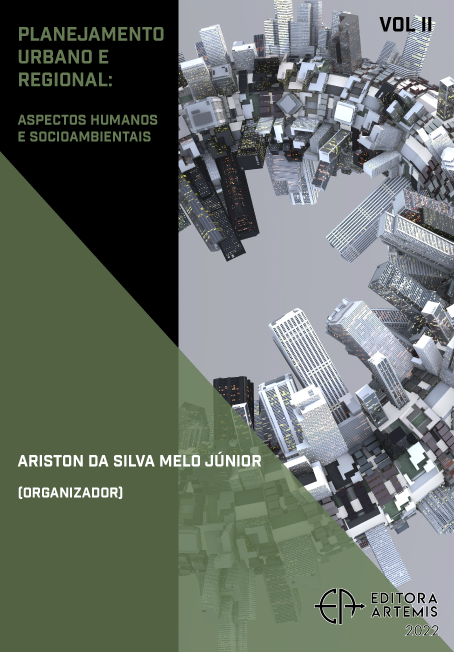
URBANIZACIÓN Y HABITABILIDAD EN DOS POBLADOS RURALES. MÉXICO
La investigación se realizó en dos poblados del Municipio de Texcoco, Estado de México; ambos insertos en una zona en urbanización. El PI ubicado a poblado mitad de la sierra, y el P2 cercano a la ciudad de Texcoco y carretera hacia ciudad. Interrogante: ¿Al avance de los procesos de la urbanización en esa región, también mejora en la población, la percepción de habitabilidad de sus viviendas? Las bases teóricas derivaron de la Psicología Cognitiva y Ambiental. En cada poblado se invitó a los pobladores a participar en el estudio, obteniéndose 2 muestras independientes. Se les aplicó una encuesta socioeconómica para identificar Estilos de vida (EV), y una escala de Percepción de Habitabilidad en la vivienda rural (PH-VR). Resultados: Por la encuesta se identificaron 5 (EV) en el P1, y 4 en el P2. La aplicación de la escala PH-VR en cada EV, aportó perfiles multidimensionales de la percepción de la habitabilidad de las viviendas. Hubo dos perfiles que marcan los extremos en un continuo rural – urbano, el EV (Comuneros) del Pueblo 1, y los Pobladores no originarios del P2. La tenencia de la tierra de los Comuneros es la más antigua y de origen prehispánico; los no originarios son las personas más jóvenes, ya no tienen tierras de cultivo. La percepción de la habitabilidad en cada uno, señalan deficiencias: No identifican las posibilidades que tienen sus viviendas para satisfacer sus necesidades y deseos. Se evidencia una percepción difusa y acciones operativas que no resuelven la ineficacia funcional de la vivienda. Los EV intermedios perfilan un continuo en ambos aspectos: cambio tenencia de la tierra y economía y percepción problemática de la habitabilidad de sus viviendas.
URBANIZACIÓN Y HABITABILIDAD EN DOS POBLADOS RURALES. MÉXICO
-
DOI: 10.37572/EdArt_2708226201
-
Palavras-chave: Habitabilidad, vivienda, urbanización, poblados rurales.
-
Keywords: Habitability, housing, urbanization, rural towns.
-
Abstract:
The investigation was carried out in two towns of the Municipality of Texcoco, State of Mexico; both uncertain in an area in urbanization. The PI located in the middle of the mountains, and the P2 close to the city of Texcoco and highway to the city. The question: Does the progress of urbanization processes in that region also improve the population's perception of the habitability of their homes? The theoretical bases derived from Cognitive and Environmental Psychology. In each village, the inhabitants were invited to participate in the study, obtaining 2 independent samples. A socioeconomic survey was applied to identify Lifestyles (EV), and a scale of Perception of Habitability in rural housing (PH-VR), Results: Through the survey, 5 (EV) were identified in P1, and 4 in P2. The application of the PH-VR scale in each EV, provided multidimensional profiles of the perception of the habitability of the dwellings. There were two profiles that mark the extremes in a rural-urban continuum, the EV (Comuneros) of P1, and the non-original Settlers of P2. The land tenure of the Comuneros is the oldest and of pre-Hispanic origin; the non-natives are the youngest people; they no longer have farmland. The perception of habitability in each one, points out deficiencies: They do not identify the possibilities that their homes have to satisfy their needs and desires. A diffuse perception and operative actions that do not solve the inefficiency are evidenced functional housing. The intermediate EVs outline a continuum in both aspects: change in land tenure and economy and problematic perception of the habitability of their homes.
-
Número de páginas: 18
- Concepción Sánchez Quintanar
- Johana Cruz López

